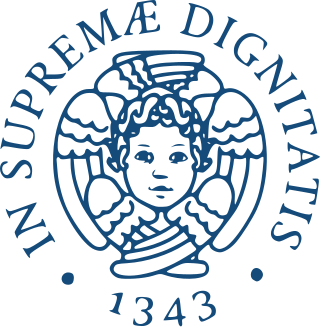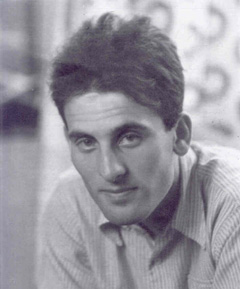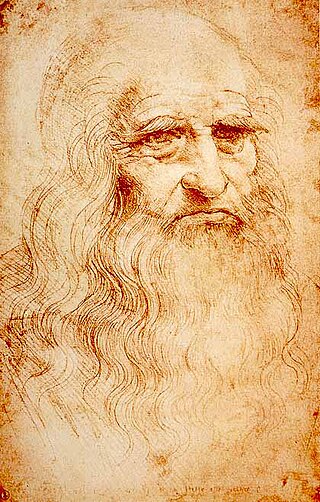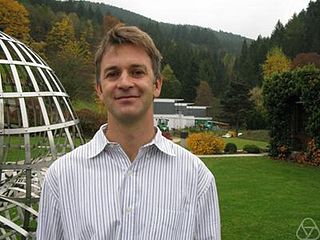Award winners
Source: [4]
- 1956 (Mathematics)
- Prize reserved for Italian citizens (L. 1.500.000)
- 1957 (Literature)
- Prize reserved for Italian citizens (L. 5.000.000)
- International Prize (L. 20.000.000)
- 1962 (Literature)
- Prize reserved for Italian citizens
- Bruno Cicognani
- Giuseppe De Robertis
- John Dos Passos
- Carlo Emilio Gadda
- Camillo Sbarbaro
- International Prize
- Prize reserved for Italian citizens
- 1963 (Arts)
- Prize reserved for Italian citizens (L. 5.000.000)
- Painting: Mino Maccari
- Music: Giorgio Federico Ghedini
- Cinema: Luchino Visconti
- International Prize
- Sculpture: Henry Moore
- Prize reserved for Italian citizens (L. 5.000.000)
- 1964 (Medicine)
- International Prize (L. 25.000.000)
- Experimental medicine: Wallace O. Fenn
- Applied medical and surgical sciences: Albert Sabin
- International Prize (L. 25.000.000)
- 1966 (Physics, math and natural sciences)
- Prize reserved for Italian citizens (L. 5.000.000)
- Mathematics, Mechanics and Applications: Guido Stampacchia
- Physics, Chemistry and Applications: Luigi Arialdo Radicati di Brozolo
- Biology and Applications: Vittorio Capraro
- International Prize (L. 20.000.000)
- Geology: Harry Harry Hammond Hess
- Prize reserved for Italian citizens (L. 5.000.000)
- 1972 (Literature)
- Prize reserved for Italian citizens (L. 10.000.000)
- Narration: Italo Calvino
- History and criticism of literary language: Italo Siciliano
- Theory and history of literary language: Gianfranco Folena
- Poetry: Vittorio Sereni
- International Prize (L. 20.000.000)
- Theatre: Eduardo De Filippo
- Prize reserved for Italian citizens (L. 10.000.000)
- 1981
- International Prize (L. 100.000.000)
- 1984 (Medicine)
- Prize reserved for Italian citizens (L. 25.000.000)
- International Prize (L. 100.000.000)
- 1986 (Physical, mathematical and natural sciences)
- Prize reserved for Italian citizens (L. 20.000.000)
- Mathematics: Lucilla Bassotti, Claudio Procesi
- Astronomy, geodesy and geophysics: Fernando Sansò
- Physics and chemistry: Giorgio Parisi, Alessandro Ballio, Emilio Gatti
- Geology and paleontology: Maria Bianca Cita Sironi
- Biological science: Lilia Alberghina, Luciano Bullini, Pietro Calissano
- International Prize (L. 100.000.000)
- Chemistry: Alan Battersby
- Prize reserved for Italian citizens (L. 20.000.000)
- 1989 (Medicine)
- International Prize (L. 100.000.000)
- 1990
- International Prize (L. 150.000.000)
- 1991
- International Prize (L. 150.000.000)
- 1992 (Literature)
- Prize reserved for Italian citizens (L. 50.000.000)
- International Prize (L. 200.000.000)
- 1993 (Arts)
- Prize reserved for Italian citizens (L. 50.000.000)
- 1995
- Prize reserved for Italian citizens (L. 100.000.000)
- 1998 (Arts)
- Prize reserved for Italian citizens (L. 125.000.000)
- Painting: Carlo Maria Mariani
- Cinema: Michelangelo Antonioni
- Sculpture: Giuliano Vangi
- Theatre: Luigi Squarzina
- International Prize (L. 300.000.000)
- Architecture: José Rafael Moneo Valles
- Prize reserved for Italian citizens (L. 125.000.000)
- 1999 (Medicine)
- International Prize (L. 300.000.000)
- 2002 (Literature)
- Prize reserved for Italian citizens (€ 65.000)
- 2003 (Arts)
- Prize reserved for Italian citizens (€ 65.000)
- Cinema: Ermanno Olmi
- Photography: Mimmo Jodice
- Orchestra direction: Riccardo Chailly
- Engraving: Guido Strazza
- International Prize (€ 250.000)
- Music: Salvatore Sciarrino
- Prize reserved for Italian citizens (€ 65.000)
- 2004 (Medicine)
- International Prize (€ 250.000)
- 2006
- Prize reserved for Italian citizens (€ 65.000)
- International Prize (€ 250.000)
- 2007 (Literature)
- International Prize (€ 250.000)
- 2008 (Arts)
- International Prize (€ 250.000)
- 2009 (Medicine)
- Prize reserved for Italian citizens (€ 65.000)
- International Prize (€ 250.000)
- 2011
- Prize reserved for Italian citizens
- 2014 (Medicine)
- International Prize
- 2016
- Prize reserved for Italian citizens
- 2023 (Arts)
- Prize reserved for Italian citizens
- 2024 (Medicine)
- International Prize
- 2024 (Biology)
- International Prize











